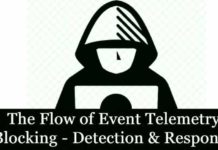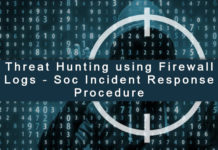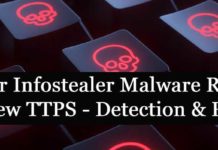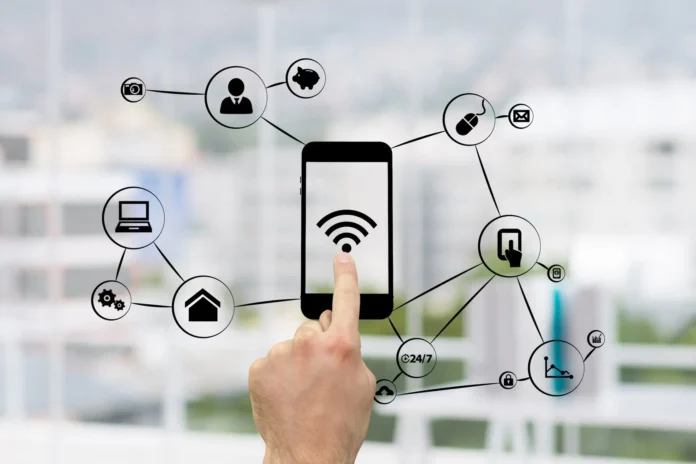The rise of the Internet of Things (IoT) has brought about a wave of connectivity that has revolutionized various sectors, like healthcare and manufacturing through smart devices implementation. However creating a solution is an intricate endeavor that demands a structured strategy. Every stage of the process. Including planning, development and implementation. Necessitates careful consideration and precise execution. It is imperative to have IoT services in place to actualize these interlinked solutions effectively guaranteeing scalability, security and efficacy.
In this piece of writing we’ll delve into the IoT solutions development and emphasize the key stages involved in the process. Design work first and foremost followed by development and deployment phases respectively as crucial components, in establishing efficient IoT networks tailored to meet specific industry demands and user requirements. It is essential to have a range of IoT development services to create custom solutions that connect devices smoothly and boost efficiency while fostering innovation, in various sectors.
Designing
During the design phase of a project lays the foundation for success. A crucial step where companies and service providers collaborate closely to outline the IoT solutions objectives and architecture while guaranteeing seamless integration of all system components through teamwork, among business stakeholders and technical experts.
Establishing Goals for Business Success
In the design process initial stage lies the task of outlining the business goals at hand; What issues does the IoT solution aim to address whether it is to streamline operations efficiency or enhance customer interactions or even refine resource utilization strategies for optimal outcomes? Establishing objectives plays a pivotal role in ensuring that the design harmonizes, with the intended results; consequently facilitating a more straightforward evaluation of the solutions effectiveness.
Selecting the Appropriate Framework
After defining the goals clearly comes the decision making process for the IoT framework selection. IoT setups generally comprise four elements. Sensors/devices,gateways, cloud platforms and applications for users. It is essential to plan out how these elements will function together seamlessly. Design choices should include picking the sensors, for data gathering enabling gateways to ensure smooth data transfer and opting for a cloud platform capable of managing essential data processing and storage tasks.
The structure should also consider scalability and security while ensuring integration with other systems is possible as well. Whether the IoT solution needs to expand to locations or be compatible with older systems the design process should anticipate future expansion and adaptation requirements.
The design phase is crucial for the project’s success as it establishes a foundation for development and scalability considerations to align with business objectives seamlessly.
Developing
After finalizing the design phase comes the start of development work which includes coding tasks along with assembling hardware parts and testing the solution for functionality verification purposes. Creating IoT solutions demands teamwork between software developers and hardware engineers, alongside data scientists to transform the concepts from the design phase into reality.
Hardware and Software Integration
Internet of Things (IoTs) solutions stand out due to their combination of hardware and software components working together seamlessly.The development phase demands engineers to align sensors devices and gateways with the software platform.Testing plays a role in guaranteeing the accurate collection transmission and processing of data.
In one scenario sensors might require adjustment for data collection and communication protocols should be validated to ensure efficient data transmission. Ensure software is designed to interpret data and provide insights.This task could involve crafting algorithms for sensor data analysis user interfaces, for system monitoring and interfacing with external platforms.
Security Protocols in IoT Development
Ensuring security is a priority in the IoT development phase as we deal with a large number of connected devices that can pose potential risks to the systems safety and integrity. Developers need to incorporate security protocols, like encryption and authentication to safeguard against cyber threats. It’s also crucial to establish communication channels and ensure that devices and sensors can receive timely updates through patches and firmware upgrades over time.
During the development phase is when the vision starts to come to fruition by combining hardware and software elements to ensure the system functions securely This step converts the designs into functional prototypes Putting emphasis on strong security measures and precise data handling is crucial, for constructing IoT systems that users can rely on
Deploying
The last phase of the project involves deployment when the solution is implemented in real world settings. Deployment goes beyond just activating the system; it ensures scalability and reliability for adoption. Whether the solution targets a home or an industrial site or even a major city deployment demands meticulous planning and coordination to make it successful, in practice.
Testing and Pilot Launch
Prior to implementing on a scale the system changeover or rollout it can be beneficial to carry out a trial run known as a pilot launch or test phase.This initial limited introduction gives developers the opportunity to spot and address any glitches with the system while operating in a setting.During this period of testing engineers have the chance to make enhancements for functionality fix any glitches or errors and guarantee that the solution works seamlessly.Conducting tests in situations helps ensure that the system fulfills both technical and business needs prior, to a broader release.
Scaling and Managing IoT Systems
Once the initial launch by the pilot is deemed successful. The IoT solution proves its worthiness in full capacity when scaling becomes a viable option to explore further growth opportunities for it to flourish effectively and sustainably.. However scaling a solution is far from a straightforward task akin to just flicking a switch with no additional considerations.. It involves integrating devices into the system landscape while also enhancing data storage and processing capacities ensuring that the infrastructure can effectively accommodate a rising influx of users. This necessitates having a cloud framework, in place capable of supporting extensive data analytics and storage requirements at scale.
Managing IoT systems is crucial for their operation, over time once they are up and running smoothly after deployment.
After putting in months of effort into the deployment phase of the project comes the task of ensuring the scalability and reliability of the IoT system for its sustained success over time. Regular updates along with monitoring and optimization play a role in maintaining the efficiency and security of the system as it expands further.
Final Thoughts
Creating and implementing solutions involves a multifaceted process that demands expertise at every stage of development. A strong architectural design paired with development processes and meticulous deployment strategies are vital for achieving the desired outcomes. Comprehensive IoT services play a role in assisting businesses throughout this process by guaranteeing that their solutions are not just cutting edge but also reliable and ready, for the long haul. By adhering to these guidelines firms can maximize the benefits of technology to foster expansion and establish enduring value.



































